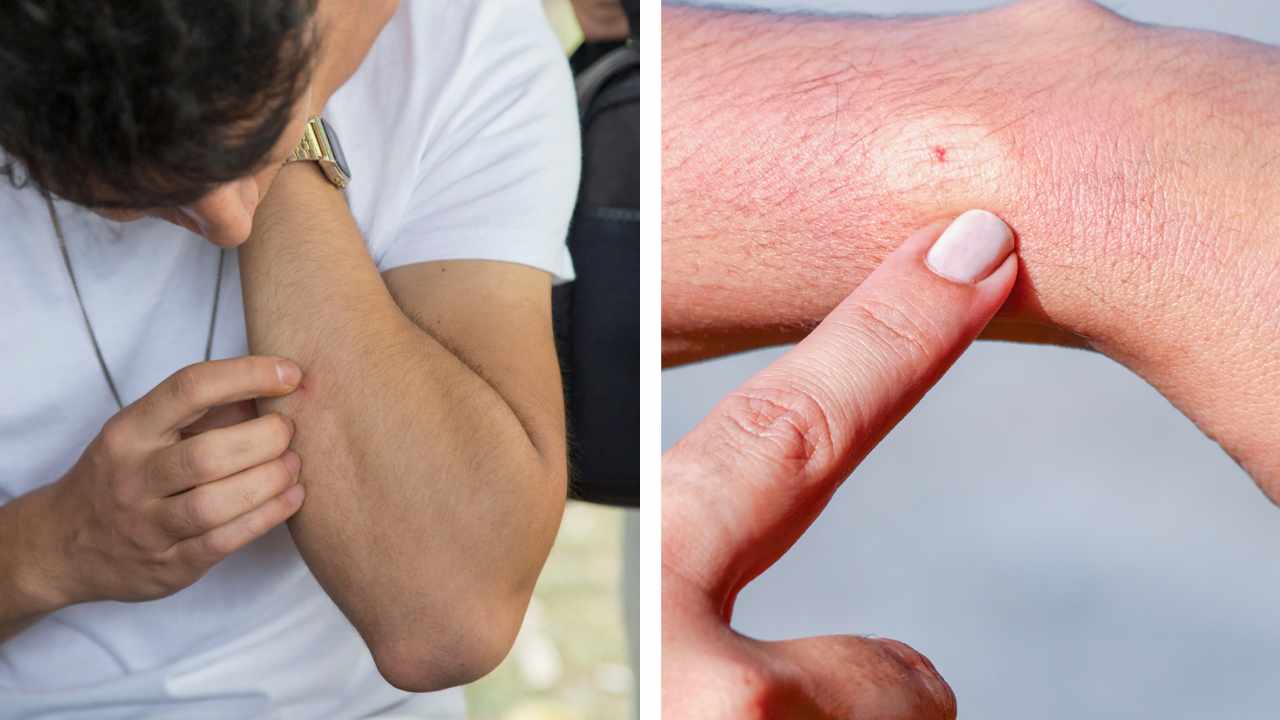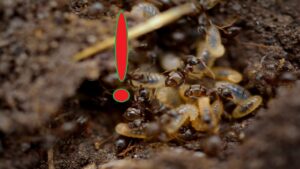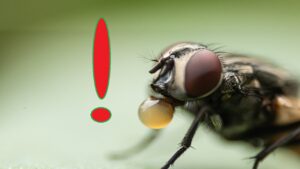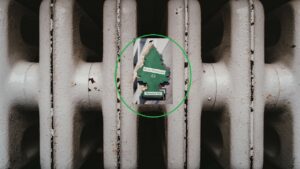It’s Not Always About Mosquitoes, Like Figuring Out Which Bugs Bit You
If you find blisters on your body along with an annoying itch, it might not be caused by mosquitoes. During the warmer months, we often link itching and stinging feelings to mosquitoes, which is common in summer. But various insects get active too. But not all bites are attributable to mosquitoes. Many insects become more active as temperatures rise. We usually notice mosquitoes because they fly around us a lot. However, there are many other insects as well.

In the summer, we do everything to protect ourselves from mosquitoes. We use nets and repellents. But at night, we might still get mosquito bites. We wake up with a bump and an itchy feeling. Sometimes, we scratch the bite to feel better, which can worsen things.
However, the bubbles that we find on our bodies aren’t always due to mosquitoes alone. Two other unwelcome intruders—woodworm mites and sandflies—can also be to blame for these irritations.
What other insects bite us causing blisters and itching
If you live in a house with wooden floors, ceilings, or antique furniture, it increases the probability that the bothersome itchy blisters on your skin stem from woodworm mites. These small parasites not only bite our bodies but also nourish themselves with the blood of woodworm larvae.
When woodworm larvae feed on wood, their waste attracts the mites. These mites sustain themselves by feeding on the blood of the larvae, leading to their demise. In this way, the woodworm mites help eliminate a potential woodworm infestation in the wood.

While woodworm mites can help reduce woodworm infestation, they can pose challenges themselves. When these mites don’t find enough larvae to feed on, they may search for alternative sources, including household organic materials like dust, fabrics, or even our skin. In this process, they release harmful substances that cause the formation of bubbles.
These bubbles are very annoying, as their itching can last for a whole day. These close bites, particularly from sandflies, can lead to the formation of small bubbles across a larger area of the body.
Sandflies, resembling small mosquitoes, feed on the blood of mammals, birds, reptiles, and if needed, human skin. When sandflies bite, their thin mouthparts penetrate the host’s skin and inject saliva containing anticoagulant enzymes to aid in blood extraction. This procedure can lead to uncomfortable skin reactions, including itchiness, swelling, and redness at the bite site.





